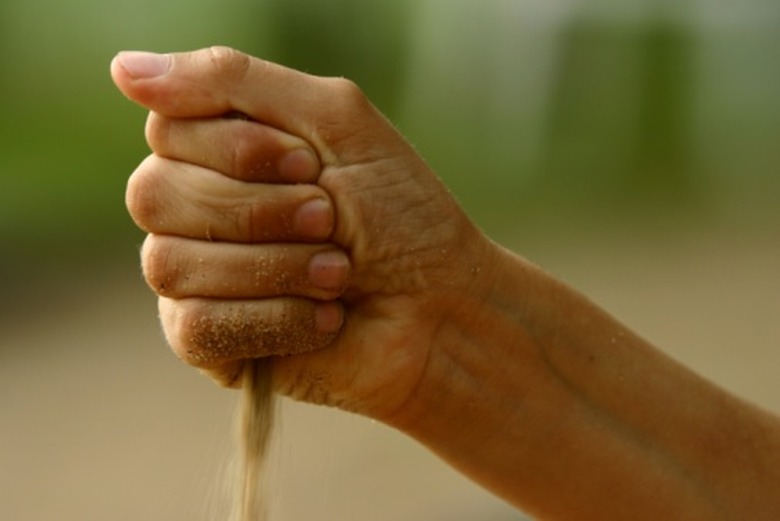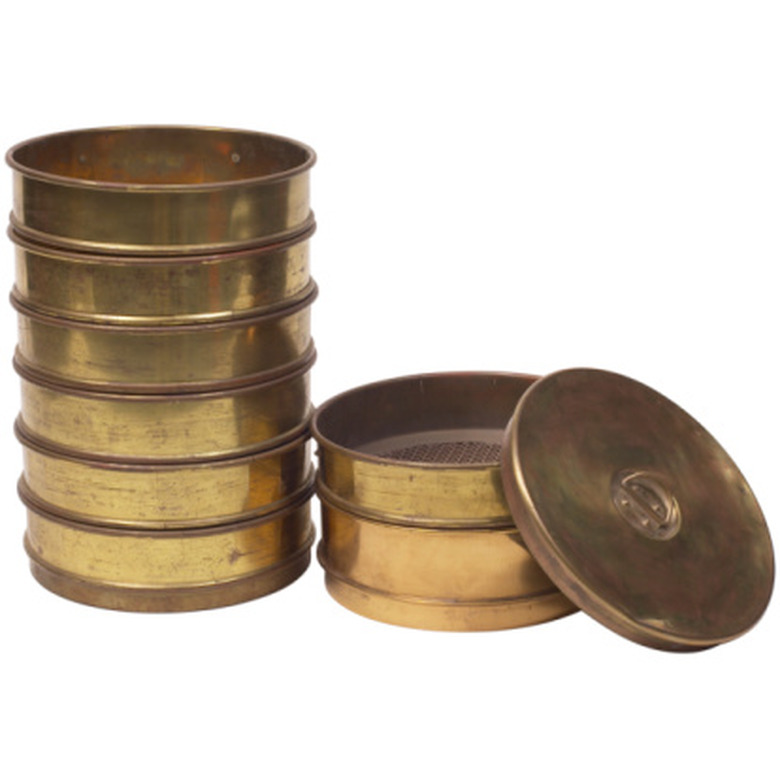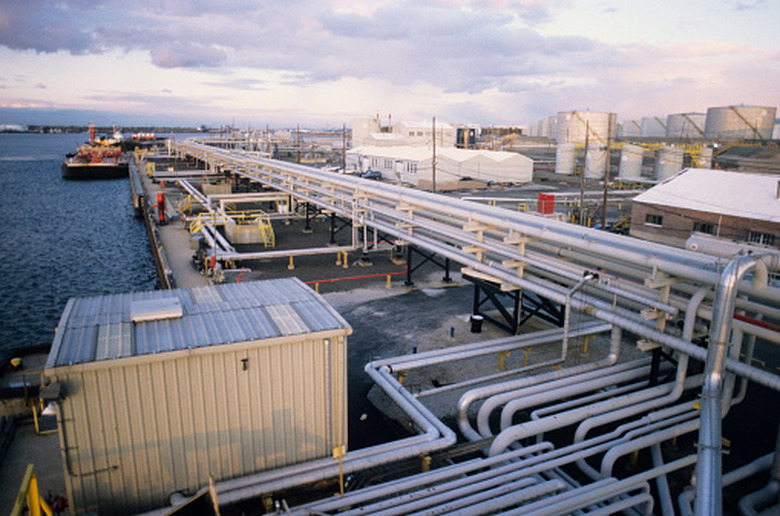How To Measure Sand Particle Size
Sand consists of local rocks or minerals ranging in particle size from .05 mm to 2 mm in diameter. Smaller particles are labeled as silt. Particle measurement is critical to the safe operation of underwater pipes (such as oil and gas) and machinery. Three methods are described here: using pipettes, using hydrometers and using automatic monitors of industrial pipes. A fourth method (which does not yet exist) is being researched by the U.S. military to provide quicker detectors in plane and helicopter engines to deal with desert conditions, where excess sand and dust are a frequent cause of mission failure.
Step 1
Dry the sand/clay/silt in a microwave oven for 20 minutes. This is the pipette method. Use a mortar and pestle to break up the sample, then pass the remains through a 2 mm sieve. Combine the sample with 30% distilled water, boil and add Calgon (sodium hexametaphosphate), which aids in separation. Shake and let sit for six hours. Wash clay and silt through a 62.5 mm sieve. All that is left will be sand. It can now be dried and weighed. The different-sized sand particles can be separated by putting them through a series of different-sized sieves.
Step 2
Use a malt blender to mix carefully weighed sand and silt samples with Calgon. This is the hydrometer method. Pour the solution into a settling cylinder. After 40 seconds, the sand will be on the bottom and the lighter particles suspended above (this is Stokes law, which predicts how fast particles will fall out of suspension, according to their size and weight, compared to the viscosity of the liquid). The hydrometer can measure the density of liquid at any point in the cylinder. After two hours, take a reading for the percentage of silt and subtract it form the original sample (by weight). This will yield the percentage of sand.
Step 3
Attach an acoustic sand monitor to the outside of any type (underwater or land) pipe. This is the method of measuring sand particle size currently used by oil and gas companies. The sound of the sand hitting the pipe wall tells the monitor the type of sand and the rate in grams per second. The monitor has an alarm which can be calibrated to the allowable sand rate, so that the pipe can be shut down before damage occurs. Ultrasonic monitors can be similarly attached.
Things Needed
- Glass pipettes
- Hydrometer
- Calgon
- Different-sized sieves
Cite This Article
MLA
Arnstein, Peter. "How To Measure Sand Particle Size" sciencing.com, https://www.sciencing.com/measure-sand-particle-size-8542729/. 24 April 2017.
APA
Arnstein, Peter. (2017, April 24). How To Measure Sand Particle Size. sciencing.com. Retrieved from https://www.sciencing.com/measure-sand-particle-size-8542729/
Chicago
Arnstein, Peter. How To Measure Sand Particle Size last modified March 24, 2022. https://www.sciencing.com/measure-sand-particle-size-8542729/



